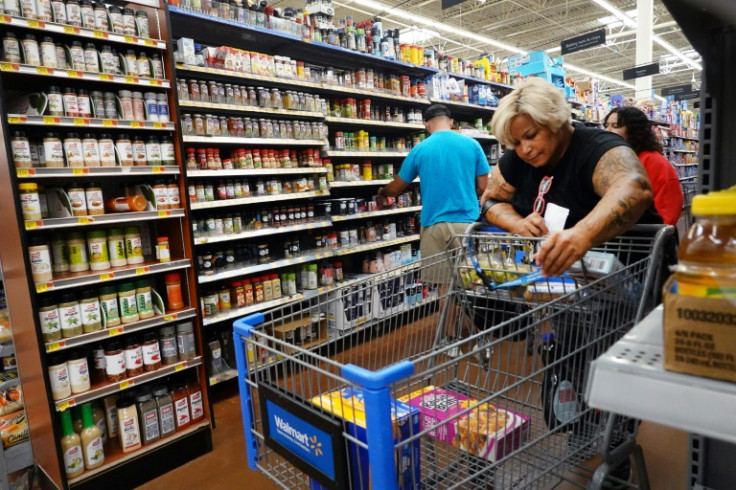Key US Inflation Measure Ticks Up In July

A key US inflation measure used by the Federal Reserve to set interest rates rose in July, due largely to another jump in the cost of services, according to government data published Thursday.
The figure maintains the pressure on the US central bank as it looks to bring inflation firmly back down to its long-term target of two percent through a series of interest rate hikes.
Analysts and traders largely expect the Fed to hold its benchmark lending rate steady at its next meeting on September 19-20. Fed officials haven't ruled out raising rates again in future.
The annual personal consumption expenditures (PCE) price index rose 3.3 percent in July, up from a two-year low of 3.0 percent a month earlier, the Commerce Department announced in a statement.
The move was fueled by an increase in the price of services, which recorded a 12-month rise of 5.2 percent -- in stark contrast with the price of goods, which decreased 0.5 percent.
"Large items, such as vehicles, are more susceptible to rate hikes and are finally cooling in price in response to a surge in financing costs," KPMG US Chief Economist Diane Swonk wrote in a public note.
Core PCE, excluding volatile food and energy costs, also ticked up in July to an annual rate of 4.2.
Month-over-month, PCE increased by 0.2 percent, as it did in June.
Personal income, meanwhile, increased at a monthly rate of 0.2 percent.
"The data bear watching for a reversal of progress on inflation although our estimates suggest prices pressures will ease over the remainder of the year," Rubeela Farooqi, High Frequency Economics' chief US economist, wrote in a note to clients.
While most analysts and traders expect the Fed to hold rates steady in September, the rise in July PCE data raises the risk of a rebound in inflation this year, which would put pressure on the Fed to hike rates again.
In June, Fed officials indicated they expected that two additional rate hikes would be needed this year to tame inflation.
The first came in July, and analysts think the second could come as soon as November.
"The probability of a November rate hike is now close to a coin flip as the Fed struggles to deal with what appears to be sticky service sector inflation, which is less sensitive to rate hikes than goods prices," Swonk from KPMG US said.
Futures traders hold a similar view, assigning a probability of close to 45 percent that the Fed will move ahead with a rate hike, according to data from CME Group.
© Copyright AFP 2025. All rights reserved.





















